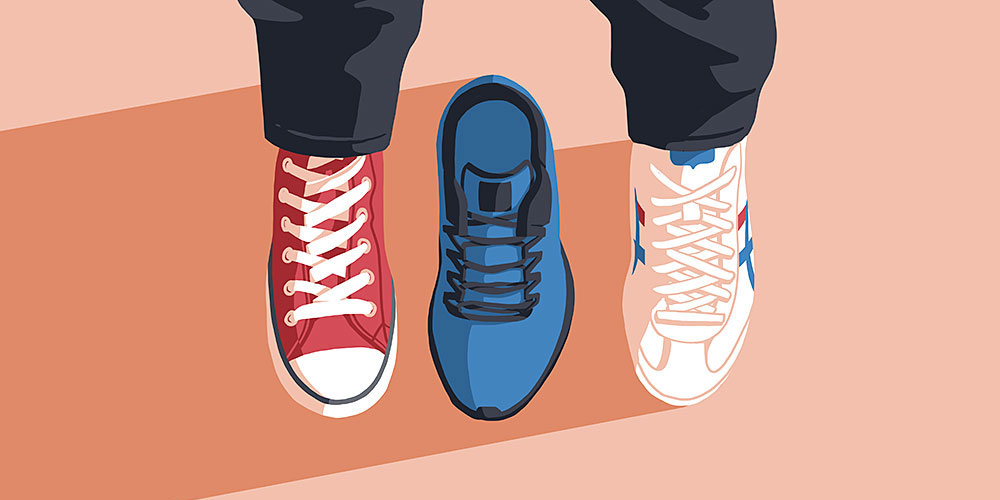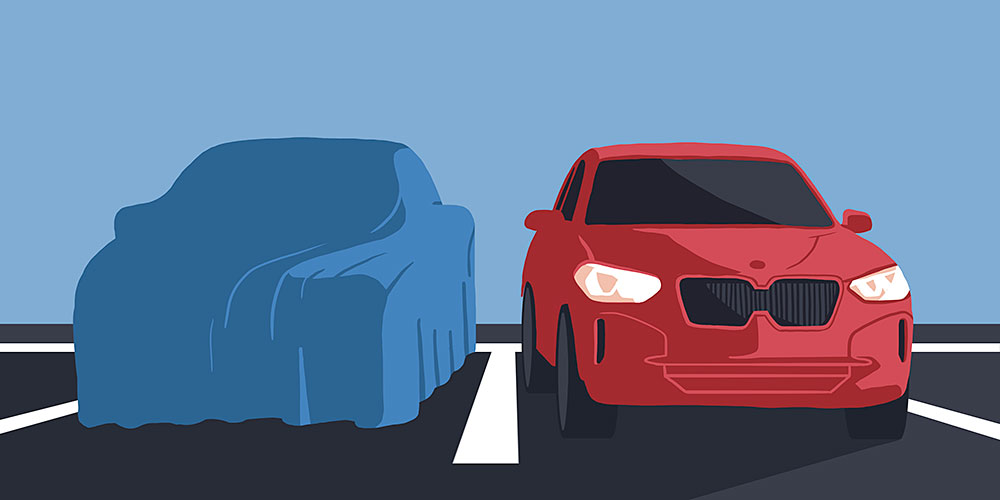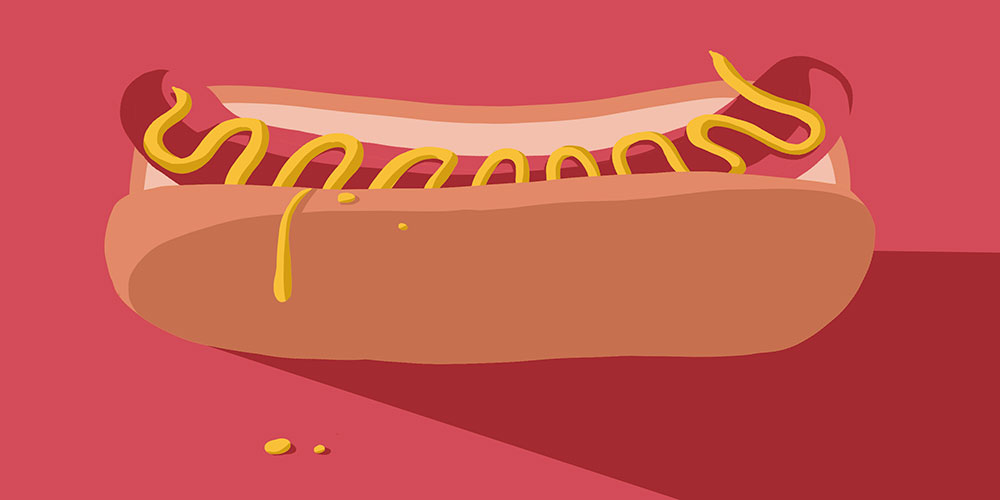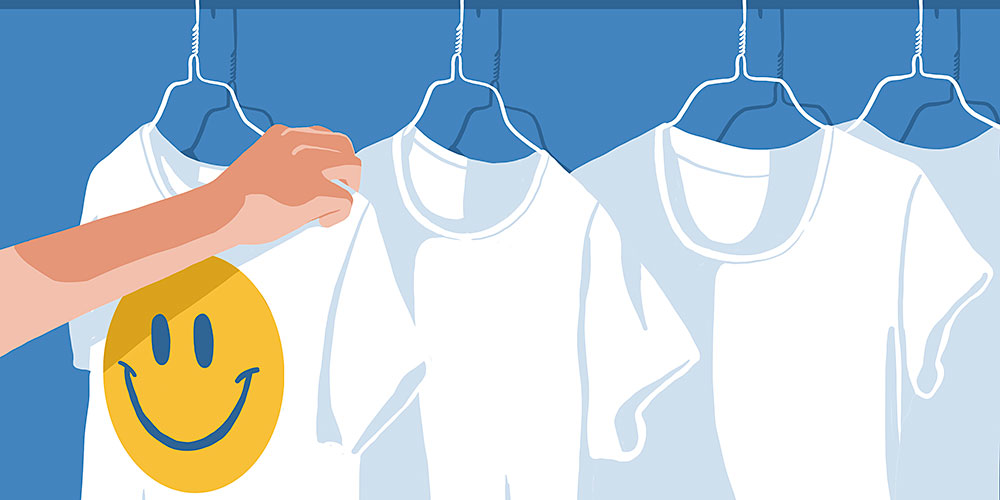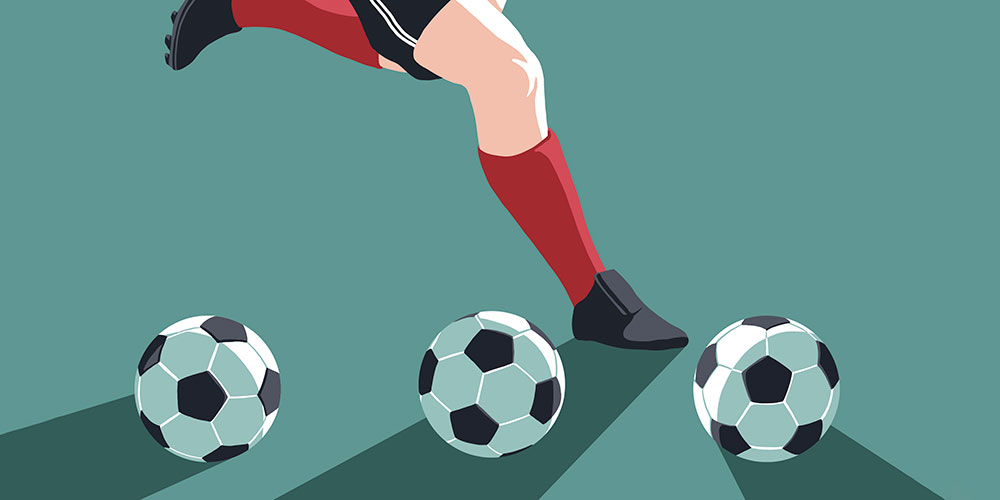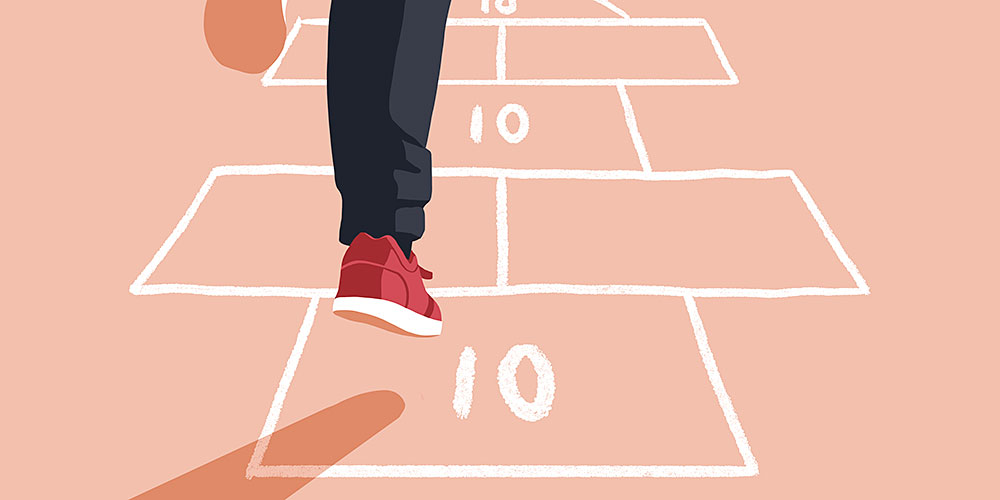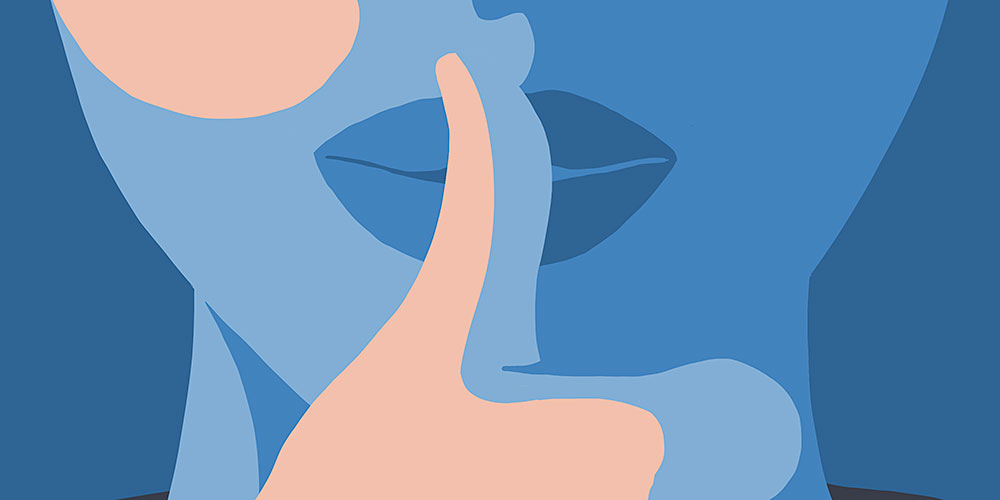How we make decisions.
Which is the best option to choose? Should I take a risk in doing so or rather avoid it? We make decisions throughout our lives – yet only few of these are made
consciously.
Attraction effect
Imagine you want to buy a TV and can’t make up your mind between a cheap, simple set and an expensive high-end set. If the choice was then expanded to include another cheap TV that was much worse than the first cheap TV, you’d choose the first cheap TV. If, instead of two cheap sets, your choice now included a second expensive set that was much worse than the first expensive set, you’d opt for the first expensive set. According to traditional economic theories of decision-making, however, this shouldn’t happen. The attraction effect describes how the addition of a third option affects a choice between two other options.
Aversion to ambiguity
Researchers draw a distinction between risk and ambiguity. Risk is uncertainty about known probabilities. This applies to roulette, because it is easy to calculate the probability of winning. Ambiguity is uncertainty about unknown probabilities. This applies to poker, because we don’t know which cards the other players have in their hands. It is possible to demonstrate that people are more averse to ambiguity than to risk. Our aversion to ambiguity is very easy to observe in everyday life. When renting a car, for instance, most of us try to avoid a deductible, even though it’s highly unlikely that we’ll damage the car. Yet because we don’t know the probability exactly, we sidestep
the deductible.
Memory bias
You’re sitting in the office thinking about where to eat lunch. You don’t have the restaurants in front of you, so you have to retrieve them from your memory. In this situation, people prefer options that they can recall more clearly. If you have clear memories of the fast-food place around the corner, you’re also more likely to choose it – even if you don’t actually like it so much. There are at least two explanations for this behavior. Firstly, if you can’t remember something very clearly, then you suspect that it can’t have been very good. Secondly, a poor memory of something means that you can’t be completely sure about it, so it’s an uncertain option – and people don’t like uncertainty and ambiguity.
Good mood leads to snap decisions
If you’re in a positive frame of mind, you won’t make optimal decisions. This is according to findings by researchers from the University of Basel. They investigated so-called sequential decisions, which occur frequently in daily life, such as when buying a house or looking for a job. You receive a sequence of offers that you can either accept or reject. With these types of decision, the quality of your choice is linked to how many offers you consider. Spend too little time looking, and you risk missing the best offer. Yet waiting too long also puts you at risk, as someone else might beat you to it. The researchers found that the better the participants were feeling, the quicker they were to accept an option. The effect occurred more frequently in older participants.
Gambler’s fallacy
In many decisions, people clearly struggle to correctly assess the probabilities. If, for instance, the roulette ball lands on red several times in a row, many people assume that the probability of the different outcome (landing on black) increases. This is, of course, not the case, as each event is independent of the previous event. It is still hard to avoid the fallacy, though. One study showed that goalkeepers make this mistake during penalty shootouts in soccer. Once two or three players have sent the ball left, the goalkeepers usually jump to the right because they think that the next player is sure to go right. In reality,
the players don’t shoot right any more frequently.
10-10-10 rule
When faced with a decision, it can be helpful to ask yourself how you might feel about your choice in ten minutes, ten months and ten years. Working from the known facts, collect all the important aspects that are relevant to making the decision, and consider their impact. Will you be happy to have made this decision in ten years’ time? Or will it fail to bring you to where you want to be in ten years? These kinds of questions are particularly important when choosing a job or a partner. Some decisions can prove wrong at first but ultimately end up being right. This method helps you to visualize and remain focused on the short-, medium- and long-term effects.
Abilene Paradox
We often interpret silence as agreement. In extreme cases, this results in everyone staying silent and believing that the others are in favor – when in reality, everyone wants the opposite. Some decisions look as if they are based on a consensus but are in fact the result of false perceptions and therefore lead to behavior that goes against the original intention. Jerry Harvey, a professor in the United States, discovered the paradox after visiting his home town of Abilene with his wife and her parents. Someone had suggested the trip because they’d assumed that the others needed a change of scenery. They had all agreed because they thought that the others also wanted to go. Once they got back, it turned out that they’d all rather have stayed at home.
More articles in the current issue of UNI NOVA.

